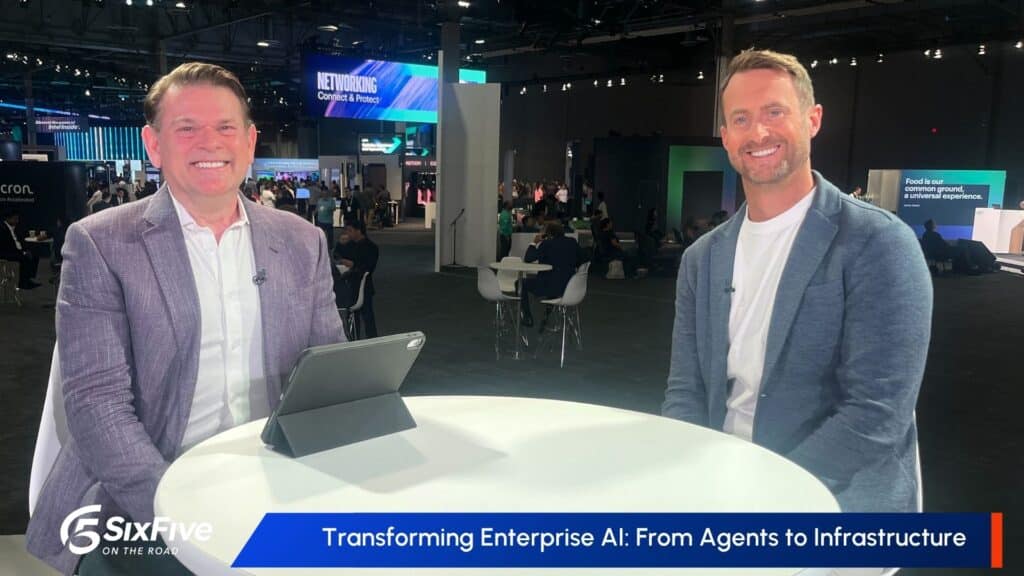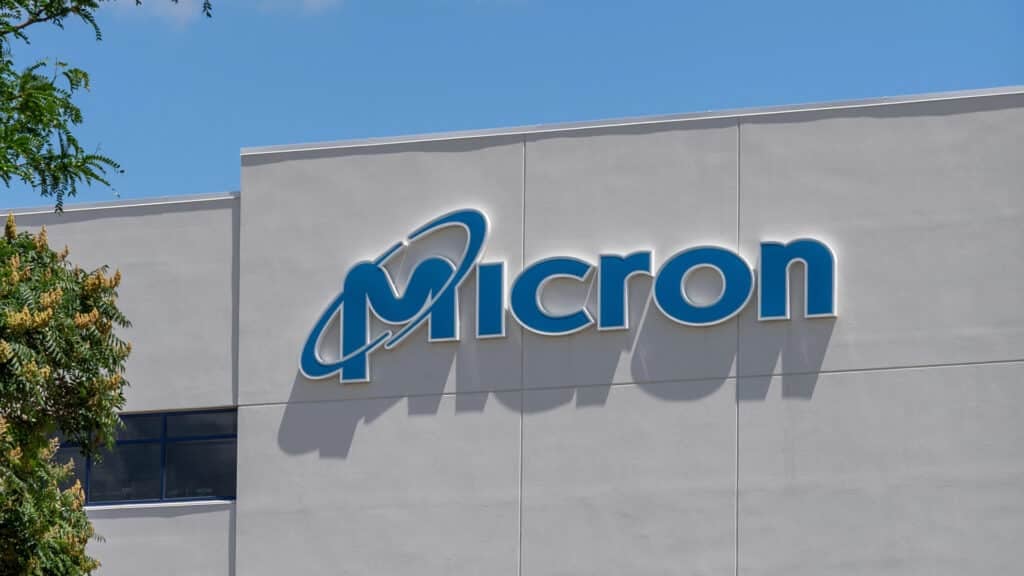Analyst(s): Steven Dickens, Paul Nashawaty, Camberley Bates, Keith Townsend, Guy Currier, Dion Hinchcliffe
Publication Date: October 9, 2024
This report explores the evolving virtualization market, highlighting the rise of containerization and hybrid cloud strategies as enterprises balance traditional VMs with Kubernetes for modern workloads. The role of virtualization is shifting, with security, compliance, and multi-cloud strategies shaping the future of infrastructure management.
Key Points:
- The rise of containers and Kubernetes is shifting the role of virtualization in enterprise IT.
- Hybrid cloud models are becoming the norm, with organizations leveraging both VMs and containers.
- Security, compliance, and multi-cloud complexity are driving new innovation in virtualization and cloud orchestration.
Overview:
The virtualization market, long dominated by VMware, is undergoing two significant factors: the acquisition of VMware by Broadcom and a transformation driven by enterprises adopting containerization and Kubernetes for cloud-native application development. Traditional virtualization platforms remain vital for managing legacy systems and existing infrastructure, but containers are rapidly gaining prominence due to their efficiency, scalability, and agility. Containers, especially when orchestrated and administered by Kubernetes, enable organizations to decouple applications from the underlying infrastructure. This approach promotes portability across cloud environments and drives skills portability as a result among other benefits.
As businesses increasingly pursue hybrid multi-cloud strategies, architectures centered on Kubernetes are emerging as the default approach. Enterprises deploy workloads across private and public clouds, using both VMs and containers to optimize performance, security, and cost. However, managing the growing complexity of hybrid cloud environments presents new challenges related to security, compliance, and orchestration. Solutions such as VMware Tanzu and Red Hat OpenShift are positioned to help enterprises navigate this complexity by integrating Kubernetes management with traditional virtualization platforms.
In light of Broadcom’s acquisition of VMware, the future of virtualization will likely see further disruption in the short term, at least from vendors looking to frame the acquisition as an inflection point in the market. We are also observing the integration of container management alongside traditional virtualization capabilities, aligning with enterprise demand for hybrid and multi-cloud architectures as another vector for disruption.
Competitive Alternatives
Key platforms shaping the virtualization and containerization landscape include:
- Red Hat OpenShift: A Kubernetes-based platform that excels in hybrid and multi-cloud environments, offering strong integration with DevOps workflows.
- KVM: An open-source hypervisor deeply integrated with Linux, offering a cost-effective and eminently flexible alternative for enterprises prioritizing open-source technologies.
- Nutanix Cloud Platform: A hyper-converged infrastructure that combines virtualization with container management, streamlining hybrid cloud deployments.
As enterprises continue their digital transformation journeys, the interplay between virtualization and containerization will shape the future of infrastructure management, driving demand for hybrid cloud solutions that can seamlessly integrate VMs and containers.
The full report is available via subscription from the Futurum Intelligence platform—click here for inquiry and access.
For more details on the Broadcom VMware Cloud Foundation latest release, click here.
Disclosure: The Futurum Group is a research and advisory firm that engages or has engaged in research, analysis, and advisory services with many technology companies, including those mentioned in this article. The author does not hold any equity positions with any company mentioned in this article.
Analysis and opinions expressed herein are specific to the analyst individually and data and other information that might have been provided for validation, not those of The Futurum Group as a whole.
Other insights from The Futurum Group:
Q&A with Paul Turner on the Future of VMware Cloud Foundation
Q&A with Hock Tan, President and CEO, Broadcom – Six Five at VMware Explore Las Vegas
Author Information
Steven engages with the world’s largest technology brands to explore new operating models and how they drive innovation and competitive edge.
At The Futurum Group, Paul Nashawaty, Practice Leader and Lead Principal Analyst, specializes in application modernization across build, release and operations. With a wealth of expertise in digital transformation initiatives spanning front-end and back-end systems, he also possesses comprehensive knowledge of the underlying infrastructure ecosystem crucial for supporting modernization endeavors. With over 25 years of experience, Paul has a proven track record in implementing effective go-to-market strategies, including the identification of new market channels, the growth and cultivation of partner ecosystems, and the successful execution of strategic plans resulting in positive business outcomes for his clients.
Camberley brings over 25 years of executive experience leading sales and marketing teams at Fortune 500 firms. Before joining The Futurum Group, she led the Evaluator Group, an information technology analyst firm as Managing Director.
Her career has spanned all elements of sales and marketing including a 360-degree view of addressing challenges and delivering solutions was achieved from crossing the boundary of sales and channel engagement with large enterprise vendors and her own 100-person IT services firm.
Camberley has provided Global 250 startups with go-to-market strategies, creating a new market category “MAID” as Vice President of Marketing at COPAN and led a worldwide marketing team including channels as a VP at VERITAS. At GE Access, a $2B distribution company, she served as VP of a new division and succeeded in growing the company from $14 to $500 million and built a successful 100-person IT services firm. Camberley began her career at IBM in sales and management.
She holds a Bachelor of Science in International Business from California State University – Long Beach and executive certificates from Wellesley and Wharton School of Business.
Keith Townsend is a technology management consultant with more than 20 years of related experience in designing, implementing, and managing data center technologies. His areas of expertise include virtualization, networking, and storage solutions for Fortune 500 organizations. He holds a BA in computing and an MS in information technology from DePaul University.
Guy is the CTO at Visible Impact, responsible for positioning, GTM, and sales guidance across technologies and markets. He has decades of field experience describing technologies, their business and community value, and how they are evaluated and acquired. Guy’s specialty areas include cloud, DevOps/cloud-native/12-factor, enterprise applications, Big Data, governance-risk-compliance, containerization, virtualization, HPC, CPUs-GPUs, and systems lifecycle management.
Guy started his technology career as a research director for technology media company Ziff Davis, with stints at PC Magazine, eWeek, and CIO Insight. Prior to joining Visible Impact, he worked at Dell, including postings in marketing, product, and technical marketing groups for a wide range of products, including engineered systems, cloud infrastructure, enterprise software, and mission-critical cloud services. He lives and works in Austin, TX
Dion Hinchcliffe is a distinguished thought leader, IT expert, and enterprise architect, celebrated for his strategic advisory with Fortune 500 and Global 2000 companies. With over 25 years of experience, Dion works with the leadership teams of top enterprises, as well as leading tech companies, in bridging the gap between business and technology, focusing on enterprise AI, IT management, cloud computing, and digital business. He is a sought-after keynote speaker, industry analyst, and author, known for his insightful and in-depth contributions to digital strategy, IT topics, and digital transformation. Dion’s influence is particularly notable in the CIO community, where he engages actively with CIO roundtables and has been ranked numerous times as one of the top global influencers of Chief Information Officers. He also serves as an executive fellow at the SDA Bocconi Center for Digital Strategies.








